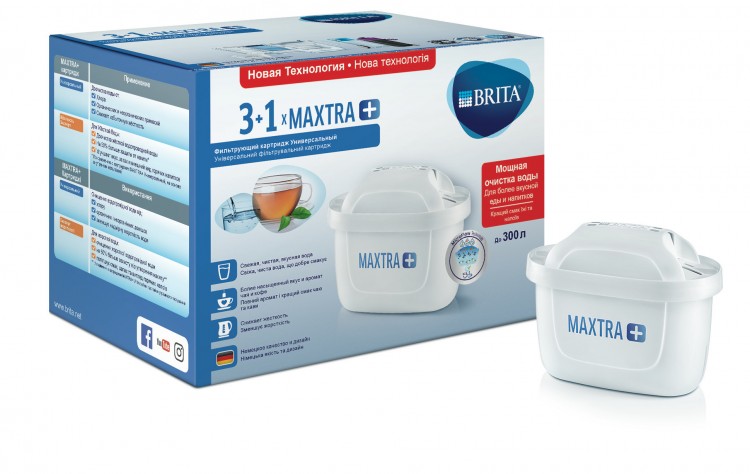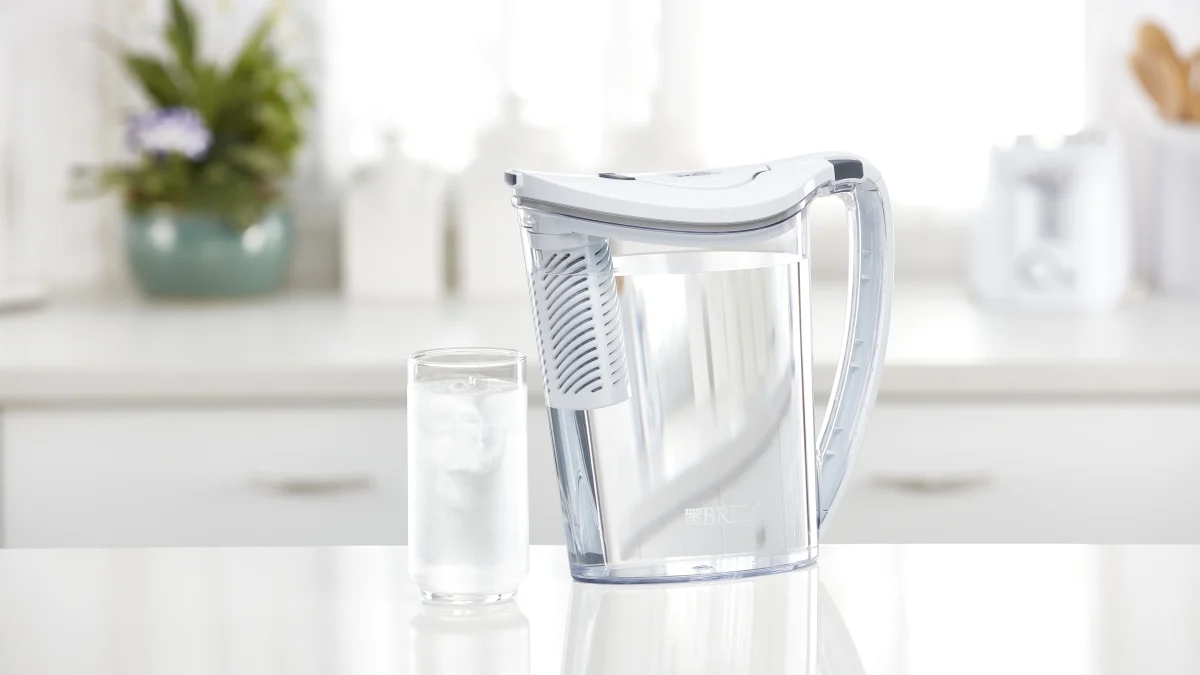Table of Contents
Are you wondering how long does a Brita filter last for a pitcher? Brita is one of the most popular water filter brands, and their pitchers with built-in filters are a convenient way to enjoy clean, refreshing drinking water at home. But like anything, Brita filters don’t last forever. In this guide, we’ll cover everything you need to know about the lifespan of Brita pitcher filters.
How Long Does a Brita Filter Last for a Pitcher?
If you are worrying about “How Long Does a Brita Filter Last for a Pitcher?” Here is a short answer, According to Brita, their standard pitcher filters are designed to last for 40 gallons or about 2 months of typical use, whichever comes first. So if you have a family of 4 and you use your Brita pitcher for all your drinking water needs, you’ll likely need to replace the filter every 1-2 months.
However, it’s important to note that 40 gallons is just an estimate. Several factors can cause a Brita filter to last for a shorter or longer period. We’ll dive into those variables shortly.
Why It’s Important to Replace Filters on Time
While a Brita filter may still “work” past its recommended lifespan, allowing it to get too old can negatively impact the quality and taste of your water. An expired filter won’t remove as many contaminants effectively. It can also develop bacteria growth, deposits, and off-tastes or odors that get passed into your drinking water.
Replacing filters on schedule ensures you are getting the full contaminant removal that Brita filters are rated for. It’s better for your health and gives you the cleanest, most refreshing-tasting water possible.
Factors That Impact a Brita Filter’s Lifespan

The 40 gallon/2 month guideline is just an approximation. In reality, the actual lifespan of your Brita filter can vary based on several key factors:
Water Quality
If your municipal tap water supply is relatively clean, to begin with, your Brita filter won’t have to work as hard. This can extend its usable life. But if your tap water is heavily contaminated, the filter media will get used up more quickly removing those impurities.
Household Size & Water Usage
The more people using the pitcher and the more water you filter, the faster the filter will need replacing. A single person may get 3+ months from one filter, while a large family could go through one every few weeks.
Filter Maintenance
Properly maintaining your Brita pitcher and filter is crucial for maximum longevity. Things like:
- Rinsing the filter on the new installation
- Cleaning the pitcher regularly
- Keeping the filter moist when not in use
- Flushing the first few ounces after long periods of non-use
All of these practices help prevent buildup, blockages, and bacteria/mold growth – extending your filter’s working life.
Also Read: Why Are Dr. Horton Homes So Cheap?
How to Reset Brita Filter Indicator?
Here are the typical steps to reset the filter indicator/change light on a Brita pitcher after installing a new filter:
- Remove the new filter from its packaging and rinse it under cold water for 15 seconds to activate it.
- Insert the rinsed filter into the pitcher reservoir and screw it in tightly.
- Add cold water to the reservoir to fill up the pitcher.
- Locate the “filter” or “reset” button on your Brita pitcher. This is usually a small button near the pour spout or handle.
- With the reservoir full of water, press and hold down the filter reset button.
- Continue holding the button for 10-15 seconds until the filter change light goes off or starts flashing green.
- Once the light resets, the new filter is activated and the counter has been reset for its full rated lifespan.
Some models may require pressing the reset button a few times instead of holding it down. Refer to your specific Brita pitcher’s instruction manual for the exact reset procedure. Resetting properly is important to ensure accurate filter life monitoring.
Signs You Need to Replace Your Brita Filter
Even if you’re keeping track of the timeline, it’s smart to watch for signs that your filter is ready to be swapped out. These include:
- Decreased Flow Rate – If it takes much longer than normal to fill up the pitcher, the filter is likely getting clogged up internally.
- Unpleasant Taste or Odor – An expired filter can’t remove contaminants properly, giving your water a funky taste or smell.
- Floating Particles or Discoloration – Black specks or cloudiness in the filtered water is a red flag something is wrong with the filter.
Brita Filter Replacement Instructions
When your filter’s time is up, here are the steps to replace it properly:
- Twist off the old filter from the pitcher reservoir and discard it.
- Remove packaging from the new Brita filter and rinse it for 15 seconds under running water.
- Insert the new filter into the reservoir and screw it on clockwise until secure.
- Flush the filter by filling the reservoir with cold water and letting it drain out completely.
- Discard flush water from the first filtering. The pitcher is now ready to use!
It’s that easy! Be sure to mark your calendar or set a reminder to swap in a new filter every couple of months.
Why is my Brita filter flashing red after the Filter change?
If your Brita pitcher is flashing a red light after changing the filter, the most likely cause is that you need to reset the electronic filter change indicator. Most Brita pitchers require holding down the “filter” button for several seconds after installing a new filter to reset the indicator light. Make sure the new filter is also seated properly and securely threaded into the reservoir. Consult your model’s instructions for the proper reset procedure.
Which Brita Filter Should You Buy?
When replacing your filter, you have a few different options depending on your needs:
- Standard Filter – The basic Brita filter reduces chlorine taste/odor, copper, mercury, and cadmium. Budget pick but still decent contaminant removal.
- Longlast+ – Upgraded filter that lasts up to 6 months or 120 gallons. Removes asbestos and more contaminants than standard.
- Elite – Premium filter for maximum contaminant removal. Reduces lead, benzene, asbestos, and over 60 other contaminants.
- Stream – Long-lasting filter designed for the Brita Stream pitchers with a high flow rate.
Consider factors like your water quality, household size, budget, and filter replacement convenience when selecting the right type of filter.
Wrapping Up – Maximizing Filter Life
To summarize, Brita filters for pitchers typically need to be replaced every 2 months or 40 gallons under normal usage. However, the actual lifespan can vary significantly based on your water quality, household size, and how diligent you are with filter maintenance.
Following Brita’s recommendations – like changing filters on schedule, rinsing new filters, cleaning pitchers frequently, and refrigerating – are key habits to maximize each filter’s usable life and keep your drinking water tasting clean and fresh. With proper care, you can extend your filters longer than the standard 2-month time period.
And of course, if you notice any major decline in water flow rate or quality, that’s a sure sign it’s time to put in a fresh new Brita filter. A little preventative maintenance goes a long way toward ensuring you always have great-tasting filtered water on hand!




